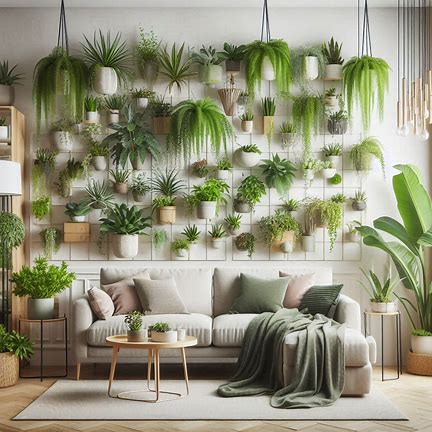In the world of artificial plants, wall varieties have emerged as a cornerstone of interior and exterior design. Yet, beyond their obvious aesthetic appeal, these faux botanicals carry a narrative less explored. This narrative is not just about decorating spaces but about the transformation of environments and the influence they have on the human psyche.
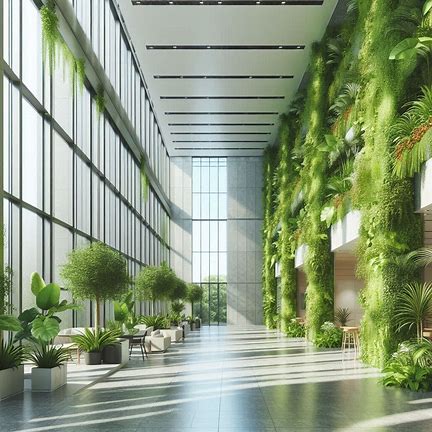
The artificial plant industry, particularly in China, has seen a renaissance in innovation and variety. The market is no longer just about replicating nature but about reimagining it. In this article, we explore the trends that are shaping the industry and the selections that are defining the market. We will uncover the types of artificial wall plants that are not only popular but also innovative and sustainable, aligning with the global shift towards eco-friendly products.
– The Appeal of Artificial Wall Plants
The allure of artificial wall plants extends far beyond their immediate visual charm. In a world where urbanization has constrained our connection with nature, these verdant installations offer a bridge back to the tranquility of the natural world. But the appeal of artificial wall plants is multifaceted, touching on aspects that are often overlooked by industry experts.
1. Aesthetic and Practical Benefits
Artificial wall plants provide a consistent beauty that is unaffected by seasonal changes or the varying conditions of indoor environments. They serve as a permanent backdrop of lushness, bringing a sense of continuity and stability to spaces that fluctuate with trends and seasons. Moreover, they are a testament to the symbiosis between art and functionality; while they beautify a space, they also serve practical purposes such as acoustic dampening and spatial delineation.
2. Versatility in Design and Application
The design versatility of artificial wall plants is unparalleled. They can be tailored to fit any architectural style or design aesthetic, from minimalist modern to baroque opulence. This adaptability makes them ideal for brand expression in commercial spaces, where they can be crafted to embody corporate identities or thematic concepts. Additionally, they can transform underutilized vertical spaces into vibrant focal points, maximizing the use of space in compact urban settings.

3. Longevity and Maintenance Advantages
One of the less-discussed advantages of artificial wall plants is their longevity. Unlike their living counterparts, they do not require a cycle of replanting, thus offering a sustainable alternative to seasonal décor. Their maintenance is minimal, eliminating the need for watering, pruning, or pest control, which translates into cost savings and labor efficiency for businesses. This aspect is particularly appealing to companies looking to reduce their carbon footprint and operational expenses.
– Understanding the Chinese Artificial Plant Market
The Chinese artificial plant market is a tapestry woven with more than just threads of commerce; it is a cultural phenomenon that mirrors the country’s rich history of craftsmanship and trade. To truly grasp the essence of this market, one must look beyond the surface of supply and demand, delving into the cultural significance and innovative spirit that drive its success.
1. The Manufacturing Hub of Artificial Plants
China’s dominance in the artificial plant industry is not merely a result of its manufacturing prowess. It is the outcome of centuries-old traditions of artistic expression and horticultural appreciation. These traditions have evolved into modern manufacturing techniques that honor the meticulous attention to detail and artistic integrity of the past. The factories are not just production lines; they are studios where art meets industry.
2. Quality and Innovation in Chinese Products
Innovation in the Chinese artificial plant market is not just about creating a product that looks real; it’s about redefining what ‘real’ means in a world of artificial flora. The market is home to products that push the boundaries of texture, color, and form. It’s a place where quality is not just a measure of durability but a statement of cultural identity.
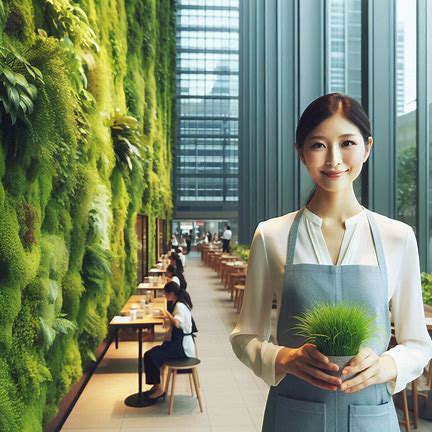
3. Navigating Through China’s Export Landscape
Understanding the export landscape of China’s artificial plant market requires a grasp of the nuances of business etiquette and regional regulations. It’s about building relationships based on mutual respect and long-term cooperation. The market is not just a network of transactions; it’s a community of partnerships, each playing a role in the global tapestry of trade.
– Popular Types of Artificial Wall Plants in China
In the bustling marketplaces of China, artificial wall plants are not just commodities; they are expressions of cultural identity and artistic innovation. The popularity of these plants is a testament to the country’s ability to blend traditional aesthetics with modern design needs. Here, we explore some of the most sought-after types of artificial wall plants that are making waves in the wholesale market for their unique appeal.
1. Evergreen Varieties for Year-Round Greenery
Evergreens are the cornerstone of artificial wall plants, providing a lush, green backdrop that remains vibrant throughout the seasons. In China, these are not just replicas of pine or fir; they are reimagined versions that incorporate bamboo leaves and Bonsai trees, infusing a sense of Zen into any space. These evergreen varieties are popular for their ability to create a tranquil atmosphere in both residential and commercial settings.
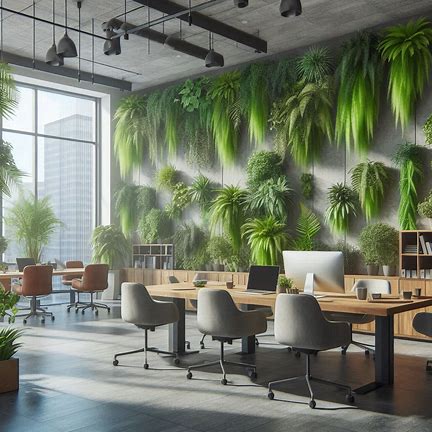
2. Flowering Faux Plants for a Splash of Color
The Chinese market has revolutionized the concept of artificial flowering plants. Here, the Cherry Blossom and Camellia stand out, symbolizing renewal and refinement. These flowering varieties are crafted with such intricacy that they capture the delicate nature of each petal, offering a burst of color that breathes life into any design.
3. Unique Ferns and Grasses for Textural Diversity
Ferns and grasses add a layer of texture and depth to artificial wall arrangements. Chinese manufacturers have mastered the art of creating ferns with intricate leaf patterns and grasses that mimic the movement of their real-life counterparts. These types are favored for their ability to add a natural dynamism to walls, making them a popular choice for contemporary interiors.
4. Trends in Succulents and Cacti
Succulents and cacti have seen a surge in popularity, and China’s take on these drought-resistant plants is nothing short of innovative. With a focus on variety and realism, these artificial plants are designed to replicate the succulent’s plump leaves and the cacti’s distinctive silhouettes. They are celebrated for their minimalist beauty and are often used in modern, eco-conscious designs.

– Selecting the Right Supplier
Choosing the right supplier in the artificial plants industry is akin to selecting a business partner. It’s a decision that goes beyond transactional interactions and delves into the realm of strategic alliance. In China, where the market is as diverse as it is vast, finding a supplier who aligns with your business values and goals is paramount.
1. Criteria for Choosing a Supplier
When selecting a supplier, consider the Three Ps: Product, Process, and People. The Product must not only meet quality standards but also embody the innovation and cultural richness of the Chinese artificial plant industry. The Process should reflect efficiency, sustainability, and adaptability to market changes. Lastly, the People behind the products are crucial; they should share a vision for excellence and customer satisfaction.
2. Building a Strong Supplier Relationship
Building a relationship with a supplier is about fostering trust and mutual respect. It’s about creating a dialogue that goes beyond orders and deliveries to include feedback loops, product development discussions, and collaborative growth strategies. A strong relationship can lead to exclusive designs, priority production schedules, and insights into emerging market trends.
3. OEM Services and Customization Options
A supplier offering OEM services provides a significant advantage. It allows for customization that can set your product range apart in a competitive market. Look for suppliers who are willing to collaborate on custom designs that reflect your brand’s identity and resonate with your target audience’s preferences.
– Logistics of Importing from China
The journey of an artificial plant from a Chinese factory to a display shelf across the globe is a narrative of logistical prowess and strategic planning. Importing from China is not just about moving goods; it’s about the orchestration of a symphony where each movement is timed to perfection. This delves into the less-discussed intricacies of logistics that can make or break the success of importing artificial plants.
1. Understanding Chinese Ports and Shipping Routes
China’s ports are not mere points of departure; they are the lifeblood of global trade, pulsating with the rhythm of commerce. Selecting the right port involves understanding its geographical advantages, connectivity, and infrastructure. For instance, the Shanghai Port is not just the world’s busiest container port; it is a hub of efficiency and innovation, where artificial plants begin their global journey1.
2. Navigating Customs and Import Regulations
The complexity of customs and import regulations is often underestimated. It’s a realm where knowledge is power. You need to be well-versed in the Harmonized System codes, duty rates, and compliance requirements. This knowledge ensures that the vibrant foliage of artificial plants does not wither in the bureaucratic maze of international trade.
3. Ensuring Timely Delivery and Quality Control
Timely delivery is the heartbeat of retail success. It requires a meticulous approach to production monitoring, quality checks, and shipping schedules. Employing local logistics partners can provide an insider’s advantage, ensuring that the artificial plants reach their destination as fresh as the day they were crafted3.
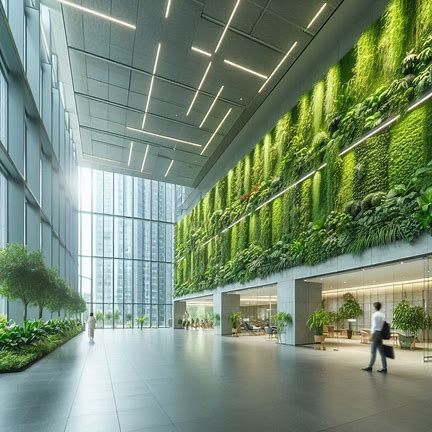
In the realm of artificial plants, the right Chinese supplier is not just a vendor but a vital partner in your business’s ecosystem. Their expertise, when synergized with your vision, can cultivate a business landscape that is resilient, innovative, and flourishing. Together, you can grow a garden of opportunities that will not only survive but thrive in the competitive global market.

